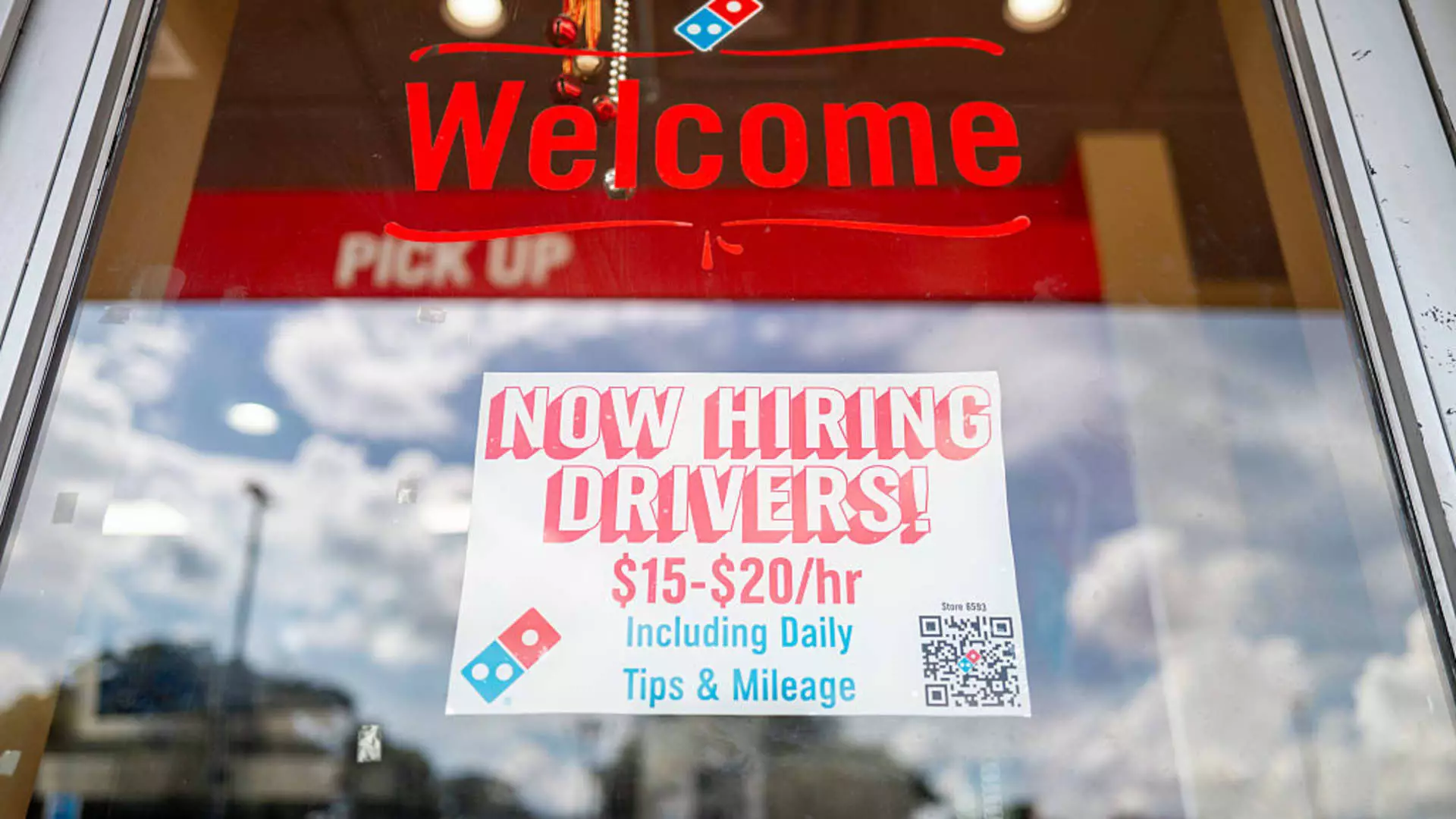In the midst of a slowly recovering economy, a quiet but profound contraction is taking shape—one that threatens to undo the fragile progress many believed was on track. The labor market, often seen as a barometer of national health, is showing unsettling signs of retreat, especially for federal workers caught in the crossfire of misguided efficiency drives. What was once a robust landscape of opportunity now faces an ominous slowdown, a stark warning that expansion might be giving way to stagnation—fuelled not solely by economic forces but by shortsighted political initiatives that prioritize quick fixes over sustainable growth.
The recent data paint a troubling picture. Despite economic fundamentals maintaining some resilience, job growth has noticeably lagged, with agencies and private sectors pulling back from hiring. Shockingly, private hiring contracted by 33,000 jobs in June—an unexpected downturn that flies in the face of optimistic forecasts. This contraction signifies more than just a temporary blip; it signals an underlying shift towards cautiousness or even apprehension among employers. Federal agencies, already strained by recent layoffs, are struggling to fill vacancies, further exacerbating the slowdown. The political narrative around austerity, driven by decisions like those from Elon Musk’s Department of Government Efficiency, is undermining the very infrastructure necessary for growth and innovation.
The Impact of Politically Motivated Workforce Reductions
The influence of political agendas—particularly efforts to streamline or reduce the federal workforce—should not be underestimated. Over 280,000 federal positions have been axed under current initiatives, which ostensibly aim to increase efficiency but, in reality, threaten to weaken the fabric of government operations. While headline unemployment figures might not immediately reflect these changes, the long-term ramifications loom ominously. Thousands of displaced workers are in limbo—many searching for new employment while others see their prospects dimmed by shrinking opportunities.
This wave of layoffs is particularly impactful in knowledge-heavy sectors like data analytics, marketing, and software development. Applications from federal workers in these fields have surged by 150%, indicating a growing number of skilled professionals seeking alternative employment options. Yet, paradoxically, the demand for higher education and skilled white-collar jobs has softened. This divergence underscores a critical reality: the economy’s capacity to absorb displaced workers remains limited when the underlying demand diminishes. The federal workforce reductions, motivated by political ideology rather than economic necessity, risk creating a labor surplus in some sectors while deepening shortages in others.
Moreover, the broader economic environment is not helping. The Federal Reserve’s continued high-interest-rate stance, aimed at combating inflation, inadvertently suppresses growth in technology and innovation sectors—crucial drivers of the modern economy. Elevated borrowing costs inhibit startups and tech firms from expanding, further constraining job creation in sectors that could help offset losses elsewhere. A precarious cycle emerges: political decisions prompt layoffs and austerity, which depress demand and investment, and in turn, lead to slower economic growth.
The Political Consequences and the Road Ahead
This confluence of political overreach and economic vulnerability lays bare the dangerous trajectory of relying on austerity as a policy response. The assumption that shrinking the federal workforce will lead to efficiency gains is fundamentally flawed. Instead, this approach hampers the government’s capacity to serve its citizens, undermines economic innovation, and discourages broader employment growth.
The upcoming monthly employment figures will offer some insight, but the underlying trend is clear: the economy is teetering on the edge of a slowdown that could require years to recover from if policy missteps continue. The modest growth forecast of just 115,000 jobs for June is barely enough to sustain a sustainable recovery, especially when compared to the national needs of reemployment and economic resilience.
A truly balanced approach demands a reconsideration of these harmful austerity policies. It calls for investment and strategic growth, especially in sectors that have historically driven economic expansion. Instead of obsessing over immediate savings through layoffs, policymakers should focus on nurturing the workforce, fostering innovation, and creating pathways for displaced workers—particularly those in highly skilled roles—to re-enter the labor force. Continuing down this path of political expediency risks transforming what was a resilient labor market into a fragile construct that could quickly crumble under economic or political pressures. The need for a centrist, pragmatic approach—one that values sustainable growth over superficial austerity—has never been more urgent.

Leave a Reply